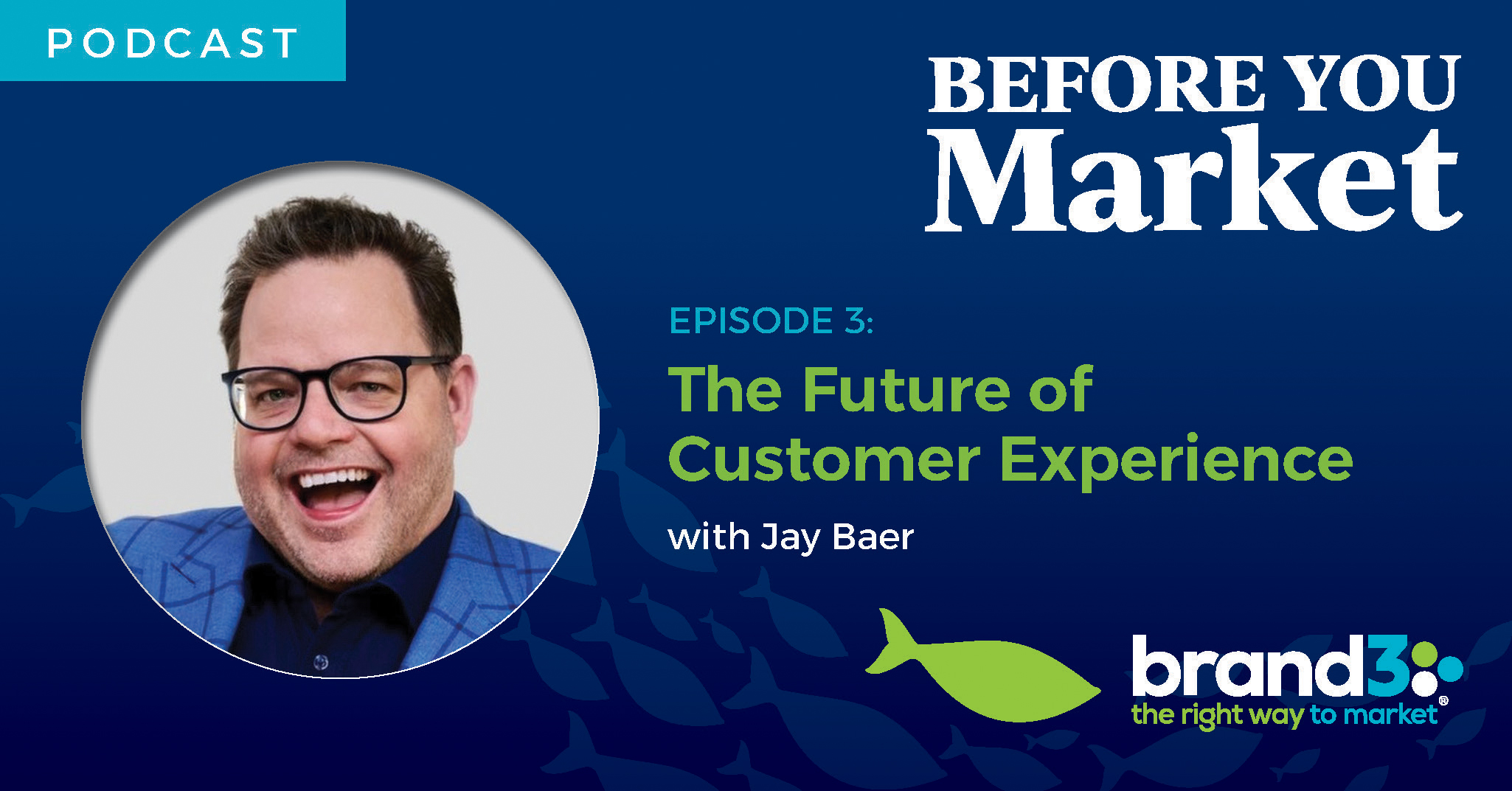
Rebranding is a strategic necessity for businesses seeking to stay relevant and competitive.
As markets evolve and businesses grow, brands can become outdated or misaligned with your current and future directions.
Rebranding helps you align your brand’s image, message, and strategy more closely with customer expectations and market trends.
A strong rebrand goes beyond cosmetic changes. It connects with your audience, encapsulating your company’s values, mission, and vision.
Brands that present themselves consistently across all platforms can see up to a 23% increase in revenue.
Rebranding can help realign a brand's identity, marketing efforts, and customer experience.
With these elements in sync, brands enhance their market presence and optimize marketing costs, leading to greater success and efficiency in their strategies.
Rebranding Definition:
Rebranding is a strategic overhaul of a company's image and identity.
It’s an adaptive measure businesses undertake to stay aligned with evolving market demands, customer expectations, and industry trends.
Rebranding is more than updating a logo or changing a color scheme.
The process redefines how a brand communicates and connects with its audience.
Rebranding is a multi-dimensional strategy that touches upon various aspects of a business:
Rebranding can be pivotal for helping businesses connect with consumers and maintain relevance in a constantly evolving market.
B2C consumers, in particular, show strong preferences towards brands that align with their values and offer personalized experiences.
This statistic highlights the need for companies to define and communicate their core values and mission, which successful rebrands accomplish.
A strong brand identity must resonate with your target audience. You likely need to rebrand if your current brand doesn’t speak to your audience.
Rebranding can accelerate this process by refreshing and realigning the brand experience with consumer expectations.
Businesses must continuously evaluate their branding strategies to align with consumer preferences, market trends, and the evolving digital landscape.
A rebrand can help companies enhance their market presence, foster deeper customer loyalty, encourage advocacy, and boost overall business performance.
.png?width=1200&height=628&name=B3%20blog%20%2B%20brand%20tip%20images%20(2).png)
Companies rebrand for various reasons, each driven by the need to stay relevant and effective in a rapidly changing business environment.
Here are several reasons a company might decide to rebrand:
Businesses often rebrand to adapt to significant changes in a dynamic market.
These shifts could be due to new competition, technological advancements, or evolving consumer preferences.
A rebrand helps companies stay competitive and relevant, meeting their market's changing demands and expectations.
Over time, a brand may feel outdated or lose its connection with its audience.
Rebranding can revitalize a brand's perception and appeal to modern consumers—infusing new energy and relevance into the brand’s public image.
This revitalization is significant for brands looking to attract a newer, younger audience or to reposition themselves in the market.
Sometimes, rebranding is necessary during a crisis or negative publicity.
In these situations, a rebrand can act as a reset button, helping to rebuild trust and reshape public perceptions.
Rebranding can be crucial for businesses recovering from setbacks and maintaining their market position.
Significant structural changes or even simple name changes make rebranding essential.
In these cases, a rebrand cohesively presents the new entity to the market, reflecting the updated company structure or identity.
It helps communicate the company's evolution, aligning the brand image with the new direction.
As businesses tap into international markets, rebranding may be necessary to guarantee the brand's message, values, and aesthetics resonate across different cultural and regional landscapes.
This strategic move is crucial for adapting brand elements to meet a global audience's unique expectations and preferences.
It ensures the brand's appeal is as strong abroad as at home.
Rebranding can give businesses a competitive advantage by better showcasing their brand’s unique personality and values.
Doing so can help establish more authentic connections with customers.
This human connection can be a significant differentiator in a market saturated with impersonal market tactics.
If you’re considering a rebrand, why?
The answer to that question will help you develop an informed strategy that aligns with business goals.
.png?width=676&height=354&name=B3%20blog%20%2B%20brand%20tip%20images%20(7).png)
Rebranding is a monumental step for any business. It’s not something to take lightly.
Here are some critical actions you need to take as you plan:
Your brand should embody your company’s core beliefs and purpose.
Before rebranding, fully understand your mission and values and be prepared to align them with your new brand.
Doing so sets the stage for authentic connections with your audience.
Engaging with customers through surveys, focus groups, or social media can provide valuable information that shapes the rebranding strategy.
Assessing the market also helps identify gaps or niches a company can fill, like product offerings, customer service, or user experience.
These results are crucial for aligning your brand with market demands and customer expectations.
How will rebranding influence your established brand equity? Consider this question carefully.
The goal is to enhance or refresh your brand without undermining the loyalty and recognition you've already built.
Take a thorough look at the financial, creative, and staff resources you’ll need to execute your rebrand.
Planning for these resources upfront can help streamline the process and avoid potential roadblocks.
Navigating the legal landscape is critical when rebranding.
Before you move from planning to execution, guarantee your new brand elements aren’t infringing on existing trademarks—logos, names, taglines, etc.
Involve all key stakeholders in the planning process to ensure the rebrand aligns with your overall business strategy.
Communicate with employees, customers, and partners throughout the process to get their buy-in and minimize disruptions.
Once you have a comprehensive plan rooted in strategy, you’re ready to start development.
-1.png?width=1200&height=628&name=B3%20blog%20%2B%20brand%20tip%20images%20(6)-1.png)
Transitioning from planning to execution is a pivotal phase that requires precision, creativity, and strategic communication.
Following these steps will make your new brand stronger, more cohesive, and better aligned with your strategic goals.
You’ll be ready to make an impact in your market.
This step will be the most important in your rebranding efforts. Ask and answer the following questions:
Know where you want to go with your business and know what your customer wants.
How can you develop a team and culture that supports that mission and helps you exceed your customers’ expectations?
Understand the answers to these questions before you continue. Strategy is the groundwork for successfully rebranding your business.
Your new brand identity must reflect your company’s current and future direction.
As you head into development, focus on creating or revamping assets to resonate with your target audience.
Logos, color schemes, and band voice—all of these elements must speak to your ideal customer while embodying your company’s values and mission.
You need intellectual property rights for your new brand elements.
This step is crucial for safeguarding your brand’s integrity. It protects your brand from legal challenges and guarantees your brand is unique.
The legal aspects of rebranding help lay a solid foundation for your brand’s future.
Guarantee your company seamlessly and consistently integrates the new brand identity across all customer touchpoints, such as:
Staying consistent helps foster a cohesive brand experience your audience will recognize and remember.
Introducing your rebranded identity to the world requires a strategic marketing and communication plan.
You must articulate changes and their rationale in a way that resonates with your customers.
Engage your audience and stakeholders in a narrative highlighting the rebrand’s benefits and future direction.
Exploring real-life rebranding stories shows the power of effective brand strategy.
These case studies illustrate why companies rebrand, their strategic steps, and the impactful outcomes they achieve.
They highlight the importance of aligning a brand with its evolving mission, values, and the ever-changing market landscape.
In 2018, Dunkin’ Donuts rebranded to Dunkin’ to modernize their brand, appeal to broader and younger audiences, and reflect the company’s evolution.
This change aligned with a strategic effort to reflect the company’s growth and diversification beyond its traditional offerings—donuts.
This rebrand represented a significant shift in the company’s positioning, targeting, and overall brand strategy.
Here’s how they did it:
Dunkin’s strategy was all about guaranteeing a smooth transition.
Their updated marketing and communications materials maintained the brand’s familiar color scheme, minimizing customer confusion and preserving brand equity.
Dunkin’ revamped its stores to reflect the new branding with a modern design emphasizing speed and convenience.
Their customers have on-the-go lifestyles, and they guaranteed their stores resonated with that.
They leveraged social media and other digital platforms to engage with customers and introduce the new brand identity.
This approach helped Dunkin’ reach a wider audience and build excitement around the rebrand.
The result?
The rebrand was well-received and viewed as a positive evolution of the brand.
It helped Dunkin' reinforce its position as a leading coffee and quick-service restaurant brand—more than a donut shop.
Dunkin' reported positive sales growth following the rebranding, indicating that the change did not alienate existing customers and likely attracted new ones.
The emphasis on beverages, particularly coffee, which generally have higher profit margins than donuts, strategically boosted profitability.
The new identity gave Dunkin' greater flexibility to expand its menu and enter new markets without being constrained by outdated branding
They’ve opened up opportunities for innovation and growth, both domestically and internationally.
Dunkin’ demonstrates how brands can evolve to meet changing market demands and consumer preferences without losing their core identity.
By focusing on strengths and expanding appeal, Dunkin' is positioned for continued success in the competitive quick-service industry.
Peloton, known primarily as a high-end indoor cycling brand, desired to broaden its market appeal.
They began rethinking brand positioning as the fitness landscape evolved with new competitors and technological advancements.
In 2023, Peloton started rebranding to expand its audience beyond cycling enthusiasts and to position itself as a more inclusive fitness and wellness brand.
Here’s how they did it:
Peloton revamped its app with a tiered subscription model, making it more accessible and tailored to user preferences.
Recognizing the growing trend of digital fitness solutions, they shifted toward a content-focused strategy.
Despite the popularity of its bikes, Peloton's other products, like the Peloton Row and the Guide, had low awareness.
The rebrand aimed to increase visibility and awareness of these products.
The rebranding efforts included messaging and marketing strategies designed to appeal to a broader audience.
Peloton emphasized the community aspect of fitness and the diversity of workout options available.
The result?
The shift towards a more inclusive and content-driven approach helped Peloton reach new customer segments.
The rebranding efforts made the brand more accessible and appealing to a broader audience.
Following a challenging financial period, the rebrand was pivotal in Peloton's recovery.
It helped reshape the brand's public perception and re-establish customer trust.
The rebrand altered the perception of Peloton from being just a bike company to a comprehensive fitness solution provider.
This shift helped create a stronger connection with their existing customer base and attract new users.
Peloton used their rebrand to address the challenges they faced strategically. They realigned their mission, identity, and marketing strategies to offer a better customer experience.
This example demonstrates how effective rebranding can lead to business growth and a stronger market position.
At Brand3, rebranding is a strategic step towards aligning brand, marketing, and experience.
This alignment is a necessity in today’s crowded marketplace. It guarantees every aspect of your brand resonates with your audience.
If you want to learn more, check out this rebranding guide.
Or, you can schedule a call with us.
We’re passionate about helping businesses navigate this journey.
Let’s talk about how we can help you turn your brand into an asset that drives growth and connects with your customers.


